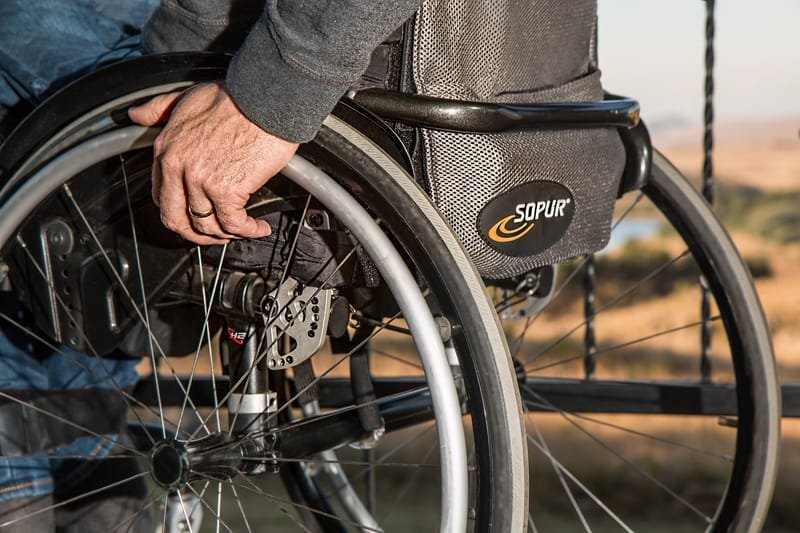
Social Security Apply - on or after 18th birthday (only applications for extenuating circumstances will be accepted before age 18)
Social Security Phone (Nat'l) : 1-800-772-1213 TTY : 1-800-325-0778 Social Security Office Hours : MON - TU & THURS - FRI: 09:00 AM - 04:00 PM; WED: 09:00 AM - 12:00 PM; SAT & SUN: CLOSED socialsecurity.gov/disabilityssi/apply.html 1. The main difference between Social Security Disability (SSD, or SSDI) and Supplemental Security Income (SSI) is the fact that SSD is available to workers who have accumulated a sufficient number of work credits, while SSI disability benefits are available to low-income individuals who have either never worked or who haven't earned enough work credits to qualify for SSD. 2. While many people don't distinguish between SSI (Supplemental Security Income) and SSDI (Social Security Disability Insurance), they are two completely different governmental programs. While both programs are overseen and managed by the Social Security Administration, and medical eligibility is determined in the same manner for both programs, there are distinct differences between the two. 3. What Is SSI? Supplemental Security Income is a program that is strictly need-based, according to income and assets, and is funded by general fund taxes. SSI is called a "means-tested program," meaning it has nothing to do with work history, but strictly with financial need. To meet the SSI income requirements, you must have less than $2,000 in assets (or $3,000 for a couple) and a very limited income. Disabled people who are eligible under the income requirements for SSI are also able to receive Medicaid in the state they reside in. Most people who qualify for SSI will also qualify for food stamps, and the amount an eligible person will receive is dependent on where they live and the amount of regular, monthly income they have. SSI benefits will begin on the first of the month when you first submit your application. 4. What Is SSDI? Social Security Disability Insurance is funded through payroll taxes. SSDI recipients are considered "insured" because they have worked for a certain number of years and have made contributions to the Social Security trust fund in the form of FICA Social Security taxes. SSDI candidates must be younger than 65 and have earned a certain number of "work credits." After receiving SSDI for two years, a disabled person will become eligible for Medicare. Under SSDI, a disabled person's spouse and children dependents are eligible to receive partial dependent benefits, called auxiliary benefits. However, only adults over the age of 18 can receive the SSDI disability benefit. You can apply for Social Security or SSI payments for your child by calling Social Security toll-free at 1-800-772-1213 or by visiting your local Social Security office. If you are applying for SSI payments for your child, you should have his or her Social Security number and birth certificate with you when you apply. If you are applying for SSDI benefits for your child, please have your own Social Security number with you in addition to the child’s Social Security number and birth certificate. SSA Publication No. 64-030, (2015 Red Book), January 2015, ICN 436900 (Español). The Red Book serves as a general reference source about the employment-related provisions of Social Security Disability Insurance and the Supplemental Security Income Programs for educators, advocates, rehabilitation professionals, and counselors who serve people with disabilities. http://ssa.gov/redbook/ My Social Security Account is a personalized online account that Social Security beneficiaries and Supplemental Security Income (SSI) recipients can use to access their benefit verification letter, payment history, and earnings record instantly using their online account. People age 18 and older can sign up for an account atsocialsecurity.gov/myaccount.